

Articles
How To Polish Travertine Countertops
Modified: December 7, 2023
Learn effective techniques and tips for polishing travertine countertops in our informative articles. Achieve a flawless and glossy finish with our step-by-step guides.
(Many of the links in this article redirect to a specific reviewed product. Your purchase of these products through affiliate links helps to generate commission for Storables.com, at no extra cost. Learn more)
Introduction
Welcome to our comprehensive guide on how to polish travertine countertops. If you have travertine countertops in your kitchen or bathroom, you already know that they can add a touch of elegance and beauty to any space. However, over time, travertine can become dull and lose its luster, making it important to give it regular maintenance and care.
Polishing travertine countertops is a process that involves restoring the natural shine and smoothness of the stone surface. By following the steps outlined in this article, you can achieve a professional-like finish and bring back the original beauty of your travertine countertops.
In this guide, we will walk you through the entire process of polishing travertine countertops, from understanding the stone to choosing the right polishing compound, and finally, the step-by-step procedure to achieve a flawless finish. We will also provide you with tips, tricks, and common mistakes to avoid, along with guidance on maintaining the polished surface for long-lasting results.
So, if you are ready to give your travertine countertops some love and attention, let’s dive right in and learn how to polish them to perfection!
Key Takeaways:
- Transform your travertine countertops with a professional polish by understanding the stone, choosing the right compound, and following a systematic polishing process. Maintain the shine with regular care and protection.
- Avoid common polishing mistakes, such as using excessive pressure or skipping the cleaning process, to achieve flawless results. Embrace the rewarding process of polishing and maintaining your travertine countertops for lasting beauty.
Read more: How To Polish Formica Countertops
Understanding Travertine Countertops
Before diving into the process of polishing travertine countertops, it is important to have a basic understanding of this unique stone. Travertine is a type of limestone that forms from mineral-rich water sources, typically found in hot springs or limestone caves. This natural stone is characterized by its unique patterns and earthy colors, making it a popular choice for countertops.
Travertine countertops come in various finishes, including polished, honed, brushed, and tumbled. Polished travertine has a glossy surface that reflects light and gives a sleek and sophisticated look to your countertops. However, with regular use and exposure to elements, the polish can wear off, leaving the surface dull and lackluster.
When deciding to polish your travertine countertops, it is essential to assess the condition of the stone. If your countertops are heavily damaged, have deep scratches, or staining, it may require additional steps such as honing or refinishing before proceeding with polishing.
It is also worth noting that certain types of travertine countertops are more porous than others. This means that they are more susceptible to absorbing liquids, which can result in staining. It is crucial to seal your travertine countertops regularly to protect them against potential damage and to help maintain their beauty.
Understanding the unique characteristics of travertine countertops will not only allow you to choose the right polish and method but will also help you determine the level of maintenance required to keep them in optimal condition.
Preparing Your Countertops for Polishing
Before you begin the polishing process, it is essential to properly prepare your travertine countertops. This ensures that you achieve the best results and avoid any potential damage during the polishing process.
The first step in preparing your countertops is to thoroughly clean the surface. Use a mild stone cleaner and a non-abrasive sponge or cloth to remove any dirt, grime, or residues. Avoid using harsh chemicals or acidic cleaners, as they can cause damage to the stone.
Once the countertops are clean, carefully inspect the surface for any cracks, chips, or deep scratches. If you notice any significant damage, it might be necessary to address those issues before proceeding with polishing. You can consult a professional stone restoration specialist if needed.
Next, it is important to make sure that the countertops are completely dry. Moisture can interfere with the effectiveness of the polishing process, so allow sufficient time for the surface to air dry or use a clean, dry cloth to eliminate any moisture.
Additionally, consider protecting the surrounding area by covering cabinets, appliances, or any other nearby surfaces. Polishing can create some dust and residue, so it is best to take precautions to prevent it from spreading to other parts of your kitchen or bathroom.
Finally, remove any items or objects from the countertops, such as appliances, utensils, or decorative items. This ensures that you have a clear workspace and prevents any accidental damage during the polishing process.
By meticulously preparing your travertine countertops before polishing, you are setting the stage for a successful and safe polishing experience, ultimately ensuring that your countertops achieve a stunning, new polished finish.
Choosing the Right Polishing Compound
Choosing the appropriate polishing compound is crucial to achieve optimal results when polishing travertine countertops. The right compound will depend on factors such as the condition of the stone, the desired level of polish, and personal preference.
There are various types of polishing compounds available in the market, but the most commonly used for travertine countertops are diamond polishing pads and polishing powders. Here are some factors to consider when selecting a polishing compound:
1. Grit Level: Diamond polishing pads come in different grit levels, ranging from coarse to fine. Coarser grits are used to remove scratches and imperfections, while finer grits are used for achieving a high gloss finish. Determine the level of polish you want to achieve and choose the appropriate grit accordingly.
2. Compatibility: Ensure that the polishing compound you choose is compatible with travertine. Some compounds are specifically designed for use on natural stones like travertine, and using these will help to achieve the best results.
3. Water-Based or Dry: Consider whether you prefer a water-based or dry polishing compound. Water-based compounds are used in conjunction with water and are generally easier to work with. Dry compounds, on the other hand, can be used without water and provide an alternative approach.
4. Environmental Considerations: Keep in mind any environmental considerations when choosing a polishing compound. Some compounds may be more eco-friendly or have less impact on indoor air quality than others.
5. Manufacturer Recommendations: Read the instructions and recommendations provided by the manufacturer of the polishing compound. They often provide guidance on the specific application process and any other important considerations.
It is advisable to conduct a small test on a small, inconspicuous area of your travertine countertop before applying the polishing compound to the entire surface. This will help you determine if the chosen compound produces the desired results and if any adjustments need to be made.
By taking the time to select the right polishing compound, you can ensure that you achieve the desired level of shine and bring out the natural beauty of your travertine countertops.
Tools and Materials Needed for Polishing
When it comes to polishing travertine countertops, having the right tools and materials is essential for achieving the best results. Here is a list of the items you will need:
- Diamond polishing pads or polishing powders: These are the main polishing compounds used to restore the shine to your travertine countertops. Choose the appropriate grit level based on the level of polish you desire.
- Water or polishing solution: Depending on the type of polishing compound you are using, you may need water or a specific polishing solution to facilitate the polishing process.
- Variable speed polisher: A handheld variable speed polisher with a hook and loop backing pad will allow you to control the speed and pressure during the polishing process. This will help you achieve an even and consistent finish.
- Backer pad: The backer pad attaches to the polisher and holds the diamond polishing pads or polishing powders in place. Choose a backer pad that is compatible with your polisher and the size of your polishing pads.
- Microfiber cloths: These cloths are used for cleaning the countertop, removing excess polishing compound, and buffing the surface to a high shine.
- Protective gear: It is important to protect yourself during the polishing process. Wear safety goggles to shield your eyes from any debris and use a dust mask to prevent inhalation of dust particles.
- Plastic sheets or drop cloths: Use plastic sheets or drop cloths to protect the surrounding area from dust and debris created during the polishing process.
Before starting the polishing process, ensure that you have all the necessary tools and materials readily available. This will help to streamline the process and ensure a smooth and efficient polishing experience.
It’s worth noting that the specific tools and materials required may vary depending on the type of polishing compound you are using, so be sure to refer to the manufacturer’s instructions for any additional items or equipment that may be recommended.
Now that you have gathered all the necessary tools and materials, you are well-equipped to begin the process of polishing your travertine countertops and restoring them to their former glory.
Use a pH-neutral cleaner and a soft cloth to clean travertine countertops. Avoid using acidic or abrasive cleaners, as they can damage the surface. Always wipe up spills immediately to prevent staining.
Read more: How To Polish Quartz Countertops
Step-by-Step Guide to Polishing Travertine Countertops
Polishing travertine countertops requires a systematic approach to ensure a smooth and successful process. Follow these step-by-step instructions to achieve a professional polish:
- Clean the countertops: Start by thoroughly cleaning the countertops using a mild stone cleaner and a non-abrasive sponge or cloth. Remove any dirt, grime, or residues from the surface. Rinse with water and allow the countertops to dry completely.
- Inspect for any damage: Carefully inspect the countertops for any cracks, chips, or deep scratches. If necessary, address any significant damage before proceeding with the polishing process.
- Choose the appropriate polishing compound: Select the correct diamond polishing pads or polishing powders based on the level of polish you want to achieve. Refer to the manufacturer’s instructions for the specific grit levels and application process.
- Attach the backer pad and polishing pad: Attach the appropriate backer pad to your handheld variable speed polisher. Then, attach the diamond polishing pad to the backer pad, ensuring a secure and tight fit.
- Apply the polishing compound: Depending on the type of polishing compound being used, either wet the surface with water or apply a small amount of the polishing solution. Follow the manufacturer’s instructions for application.
- Begin the polishing process: Start the polisher at a low speed to avoid any splattering or excess material. Slowly increase the speed as you move the polisher in a circular motion over the entire surface of the countertop. Apply even and consistent pressure.
- Switch to finer grits: After completing a pass with the initial polishing pad, switch to a finer grit pad and repeat the polishing process. Continue this progression until you achieve the desired level of gloss and smoothness.
- Clean and inspect the surface: Once you are satisfied with the level of polish, clean the surface using a microfiber cloth to remove any excess polishing compound. Inspect the surface for any missed spots or areas that may require further attention.
- Finalize the polishing: If necessary, repeat the polishing process with the finest grit pad to achieve a mirror-like finish. Take your time and ensure that all areas are evenly polished.
- Clean and buff: After the final polishing, thoroughly clean the countertops using a microfiber cloth and water to remove any remaining debris. Then, buff the surface gently with a dry microfiber cloth for an extra shine.
Remember to take breaks during the process to check your progress and evaluate the results. Taking your time and being patient will help you achieve the best outcome.
Following these step-by-step instructions will enable you to restore the natural shine and elegance of your travertine countertops, leaving them looking fresh, polished, and beautiful.
Tips and Tricks for Achieving a Professional Finish
Polishing travertine countertops can be a nuanced process, but with the right techniques and tricks, you can achieve a professional finish. Here are some tips to help you enhance your polishing results:
- Work in small sections: Divide your countertops into manageable sections and work on one area at a time. This ensures that you give attention to every part of the surface and maintain a consistent polishing process.
- Use the correct pressure: When polishing, apply even and consistent pressure. Avoid pressing too hard, as this can damage the stone or create uneven results. Allow the polishing compound to do the work, and let the polisher glide smoothly over the surface.
- Keep the surface wet: If using water as a lubricant, make sure to keep the surface wet during the polishing process. This helps to prevent excessive heat and friction, which can potentially damage the stone.
- Vary the polishing motion: While circular motions are commonly used for polishing, try using different directions (side to side, up and down) to ensure an even and thorough polish.
- Inspect the surface from multiple angles: To ensure you have achieved an even polish, inspect the surface from different angles and lighting conditions. This will allow you to identify any spots that may need additional attention.
- Take breaks: Polishing can be a labor-intensive process. Take breaks periodically to rest your arms and evaluate your progress. This also gives you a chance to step back and assess the overall appearance of the countertops.
- Practice on a sample piece: If you are new to polishing travertine countertops, consider practicing on a small sample piece of travertine before working on your countertops. This will allow you to get a feel for the process and refine your technique.
- Protect the polished surface: Once you have achieved the desired polish, it’s important to protect your newly polished countertops. Apply a high-quality sealant to help prevent staining and maintain the shine for longer.
Remember, achieving a professional finish may require multiple polishing sessions, particularly if your countertops have deep scratches or extensive wear. Be patient and persistent, and don’t rush the process.
By following these tips and tricks, you can elevate your polishing technique and achieve a stunning, professional-like finish on your travertine countertops.
Common Mistakes to Avoid
When polishing travertine countertops, it’s important to be aware of common mistakes that can potentially damage the stone or hinder your polishing results. By avoiding these mistakes, you can ensure a successful polishing experience. Here are some common pitfalls to steer clear of:
- Skipping the cleaning process: Cleaning the countertops before polishing is crucial. Skipping this step can result in less effective polishing and create problems down the line.
- Using the wrong polishing compound: Using the wrong polishing compound or applying the wrong level of grit can lead to unsatisfactory results. Make sure to choose the appropriate polishing compound and follow the manufacturer’s recommendations.
- Using too much pressure: While it’s important to apply some pressure during the polishing process, using too much pressure can cause damage to the stone or create an uneven finish. Let the polishing compound and polisher do the work, and avoid excessive force.
- Not properly inspecting the surface: Failing to thoroughly inspect the surface for cracks, chips, or deep scratches before polishing can result in those imperfections being enhanced during the process. Take the time to address any significant damage or seek professional assistance if needed.
- Rushing the process: Achieving a professional finish takes time and patience. Rushing through the polishing process can lead to uneven results and possibly damage the stone. Take breaks, assess your progress, and give yourself ample time to complete the polishing process.
- Not protecting the surrounding area: Failing to protect cabinets, appliances, and other nearby surfaces can result in dust and debris settling on those surfaces. Cover them with plastic sheets or drop cloths to prevent any potential damage or cleanup headaches.
- Skipping the sealing step: After polishing your travertine countertops, it’s crucial to apply a high-quality sealant to protect the newly polished surface. Skipping this step can leave the stone vulnerable to staining and diminish the longevity of the polish.
- Ignoring manufacturer instructions: Every polishing compound and tool may have specific instructions from the manufacturer. It’s important to read and follow these instructions carefully to ensure the best possible results and avoid any unnecessary mistakes.
By being mindful of these common mistakes and taking the necessary precautions, you can avoid potential pitfalls and achieve excellent polishing results on your travertine countertops.
Maintaining the Polished Surface
Once you have successfully polished your travertine countertops, it is essential to implement a regular maintenance routine to keep them looking pristine and preserve the polished surface. Here are some tips for maintaining the beauty of your countertops:
- Wipe up spills promptly: Accidental spills, especially those containing acidic substances like citrus juices or vinegar, can potentially etch or stain the polished surface. Clean up any spills immediately to prevent damage to your countertops.
- Use coasters and trivets: Protect the polished surface by using coasters under glasses and trivets under hot dishes or cookware. This helps prevent unwanted scratches, heat damage, and moisture absorption.
- Avoid using abrasive cleaners: Harsh and abrasive cleaners can damage the protective sealant and strip away the polish. Stick to mild, pH-neutral stone cleaners specifically formulated for travertine countertops.
- Regularly clean and dust: Routinely clean your countertops with a soft, damp cloth or sponge to remove dust, dirt, and any food particles. Regular cleaning helps maintain the shine and prevents buildup.
- Reapply sealant: Over time, the protective sealant on your travertine countertops may wear off. Schedule regular reapplication of a high-quality sealer to ensure the longevity of the polish and protect against staining.
- Avoid using harsh scrub brushes: When cleaning, avoid using abrasive scrub brushes or scouring pads, as they can scratch or dull the polished surface. Opt for soft, non-abrasive cloths or sponges for cleaning instead.
- Keep away from harsh chemicals: Avoid using harsh chemicals, such as bleach or ammonia-based cleaners, on your travertine countertops. These can damage the stone and diminish the polish.
- Regularly inspect for damage: Periodically inspect your countertops for any signs of damage or wear. Address any chips, cracks, or other issues promptly to prevent further damage and preserve the beauty of your countertops.
With proper care and maintenance, your polished travertine countertops can retain their shine and appeal for years to come. By following these maintenance tips, you can ensure your countertops remain a stunning focal point in your kitchen or bathroom.
Read more: How To Polish Corian Countertops
Conclusion
Polishing travertine countertops is a rewarding and satisfying process. By following the steps outlined in this comprehensive guide and implementing the tips and tricks provided, you can achieve a professional finish that brings out the natural beauty of your countertops.
Understanding the characteristics of travertine, properly preparing the surface, choosing the right polishing compound, and using the appropriate tools and materials are essential for success. Taking your time, applying consistent pressure, and inspecting the surface from multiple angles will help you achieve an even and flawless polish.
Additionally, avoiding common mistakes, such as using the wrong pressure, skipping the cleaning process, or rushing the process, is crucial for preventing damage to your countertops and ensuring optimal results.
Once your travertine countertops are polished to perfection, it is important to establish a regular maintenance routine. Wiping up spills promptly, using protective coasters and trivets, and regularly cleaning and resealing the surface will help preserve the polished look and protect against damage.
By investing time and effort in polishing and maintaining your travertine countertops, you can enjoy their elegance and beauty for many years to come. So, grab your tools, take a deep breath, and get ready to transform your countertops into stunning focal points that will enhance the overall aesthetic of your kitchen or bathroom.
Remember, if you are unsure about any aspect of the polishing process or if your countertops require extensive repair, it is always a good idea to consult a professional stone restoration specialist who can provide expert guidance and assistance.
Now, go ahead and embark on your journey to beautifully polished travertine countertops!
Frequently Asked Questions about How To Polish Travertine Countertops
Was this page helpful?
At Storables.com, we guarantee accurate and reliable information. Our content, validated by Expert Board Contributors, is crafted following stringent Editorial Policies. We're committed to providing you with well-researched, expert-backed insights for all your informational needs.
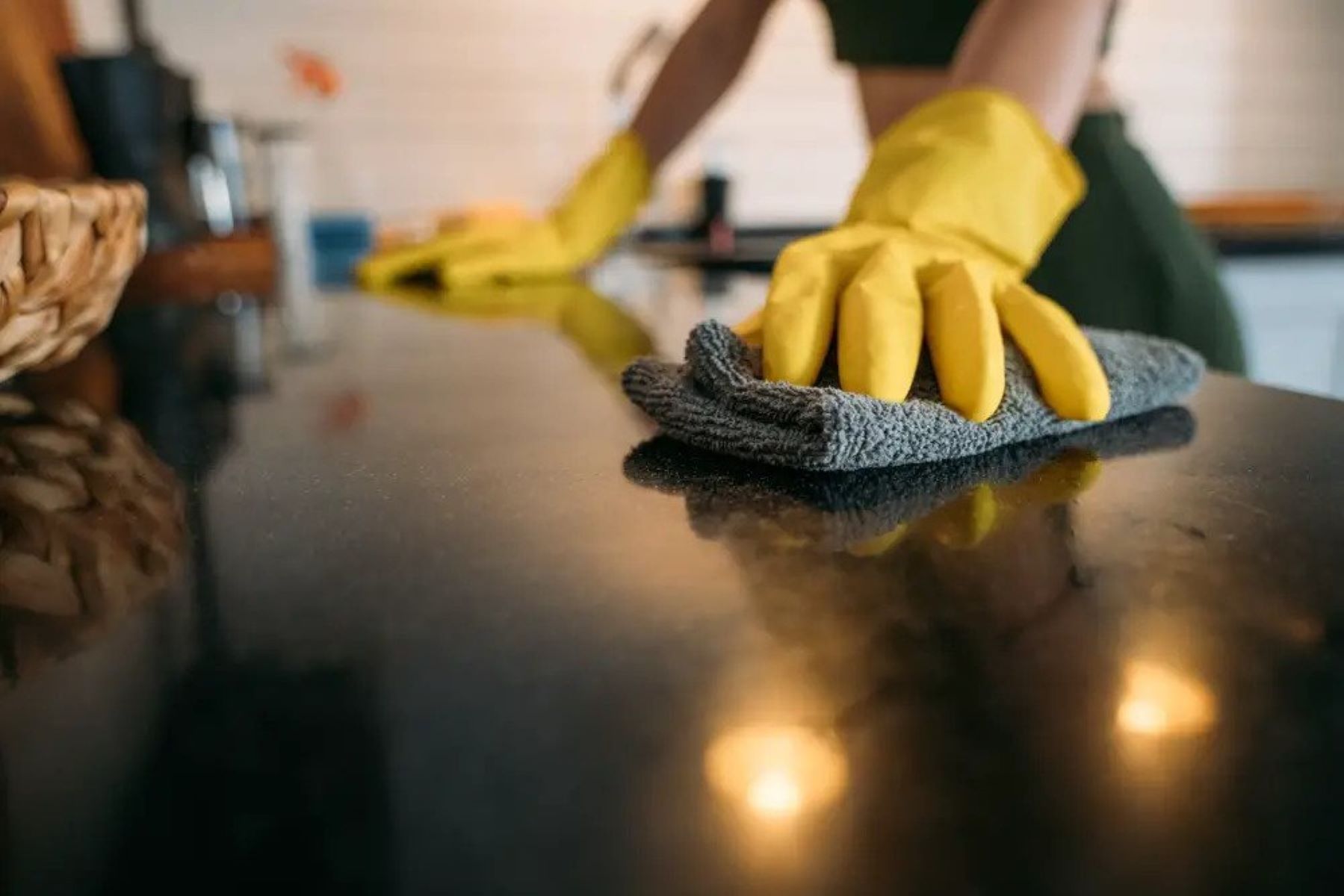
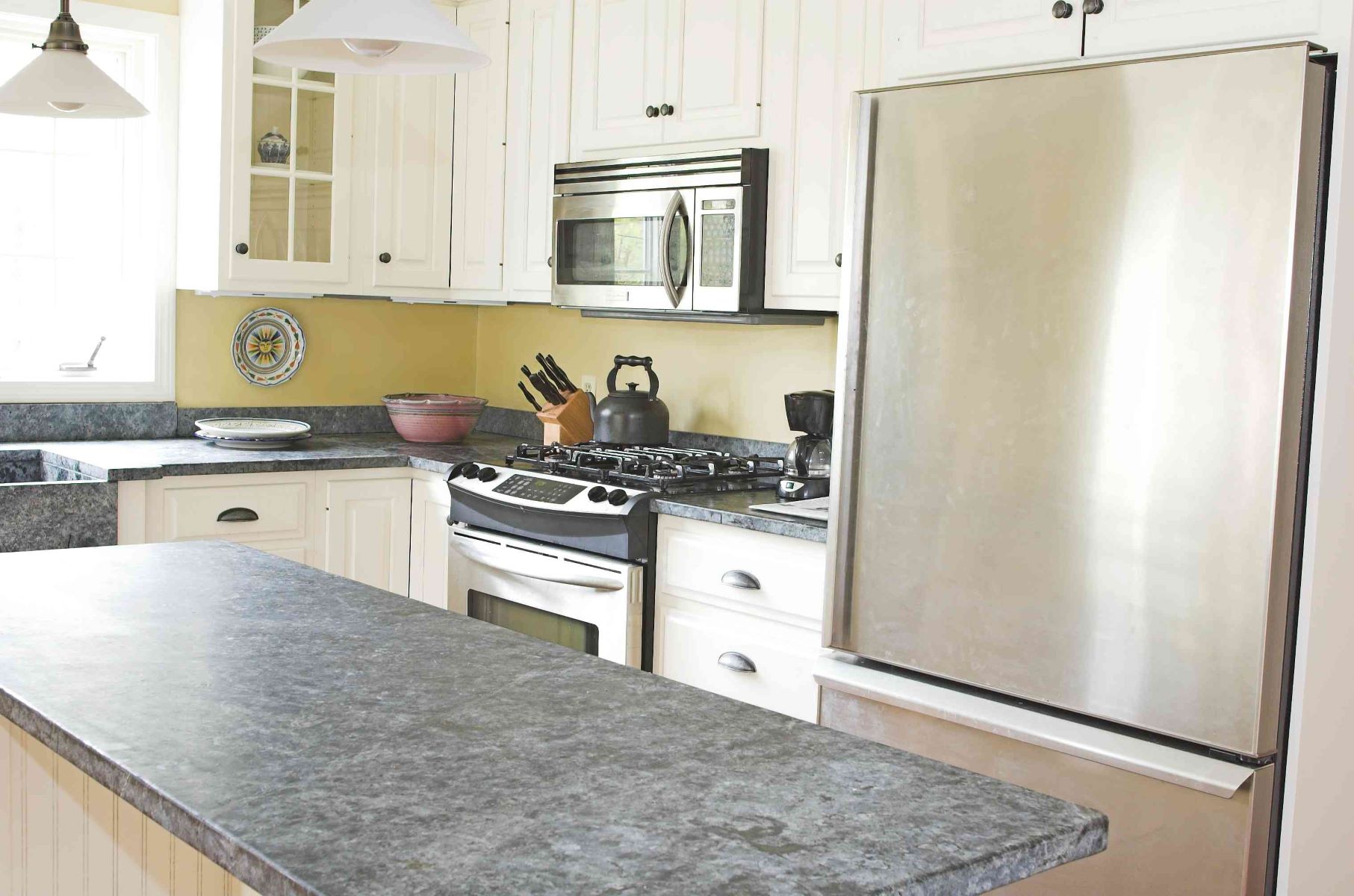

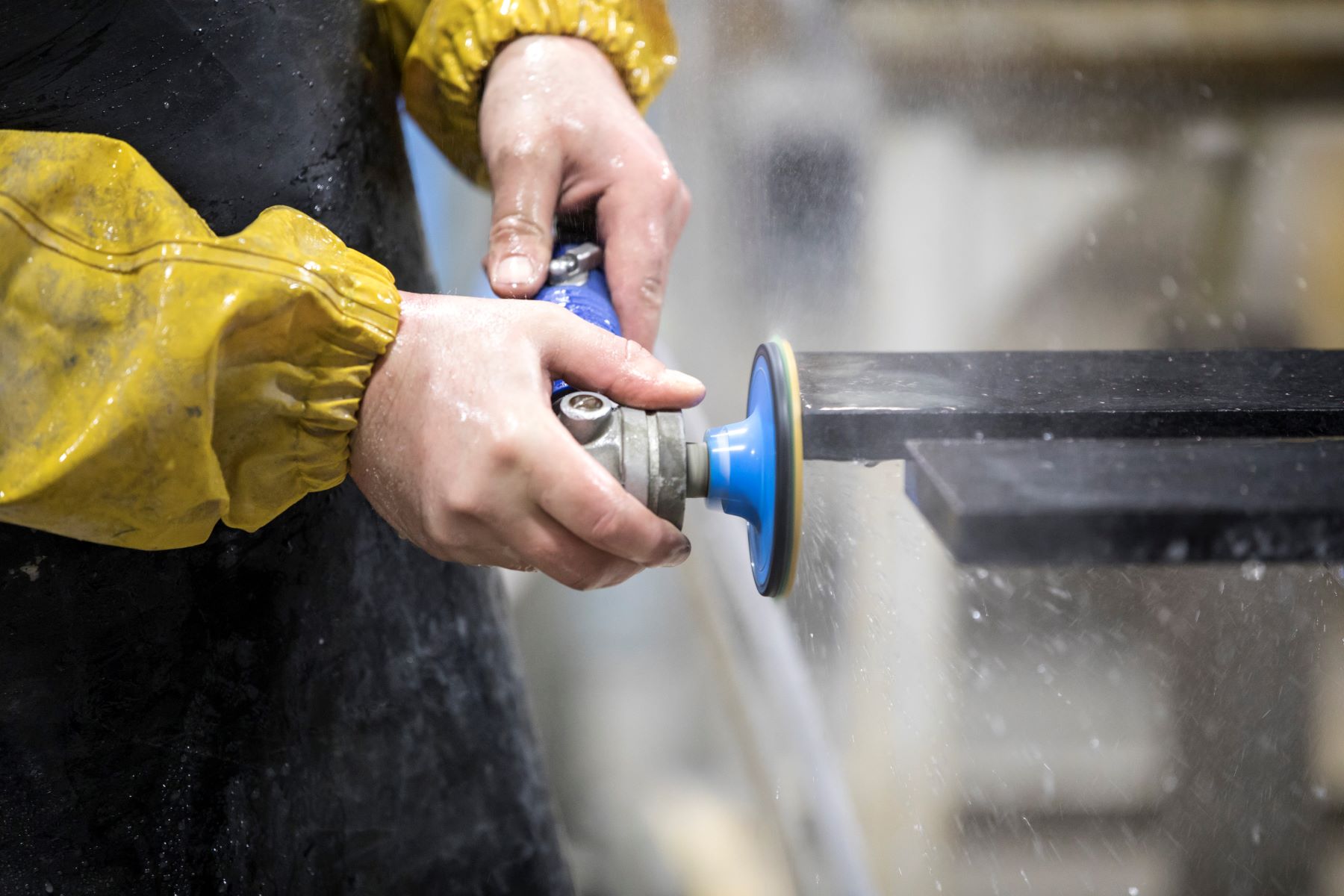
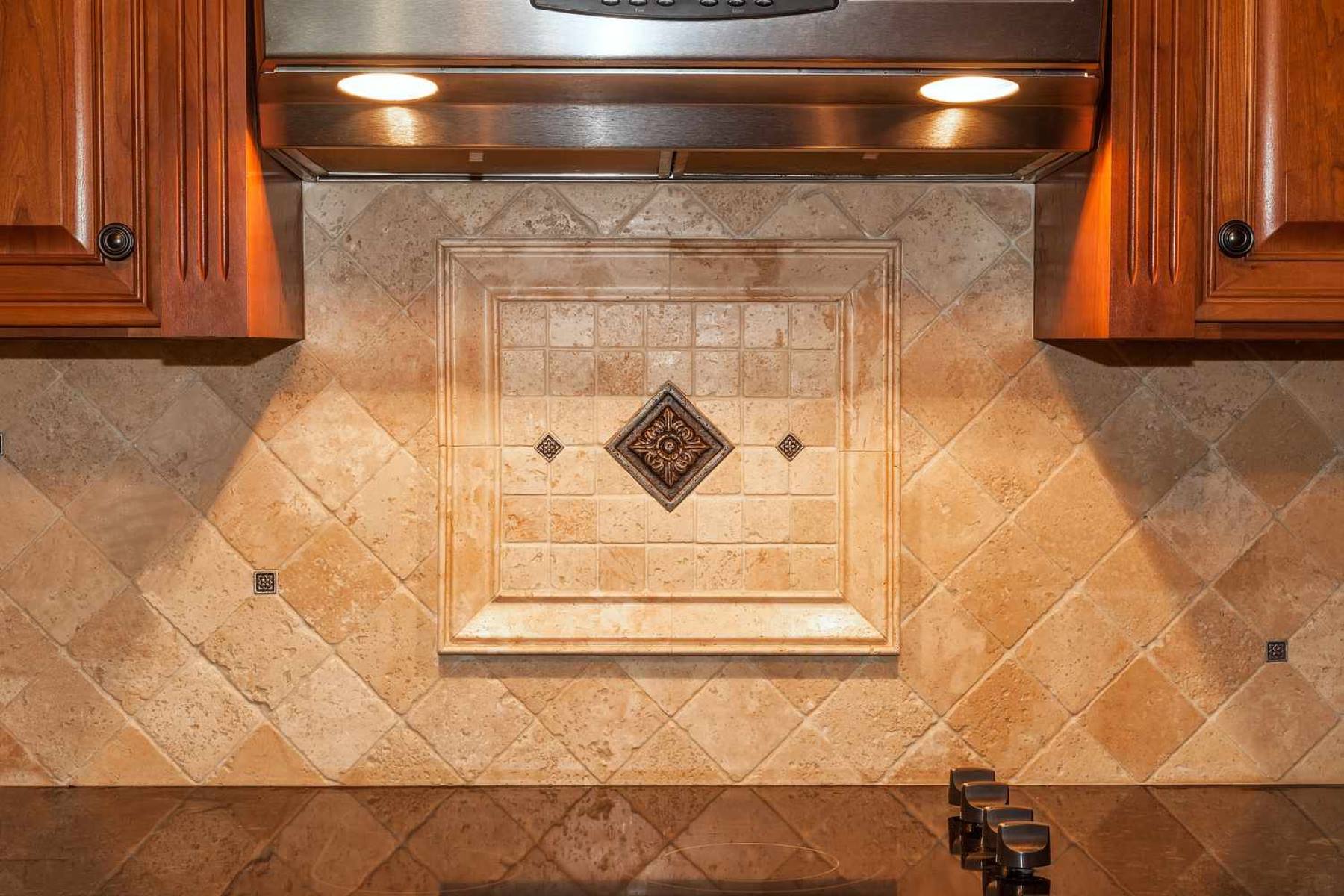
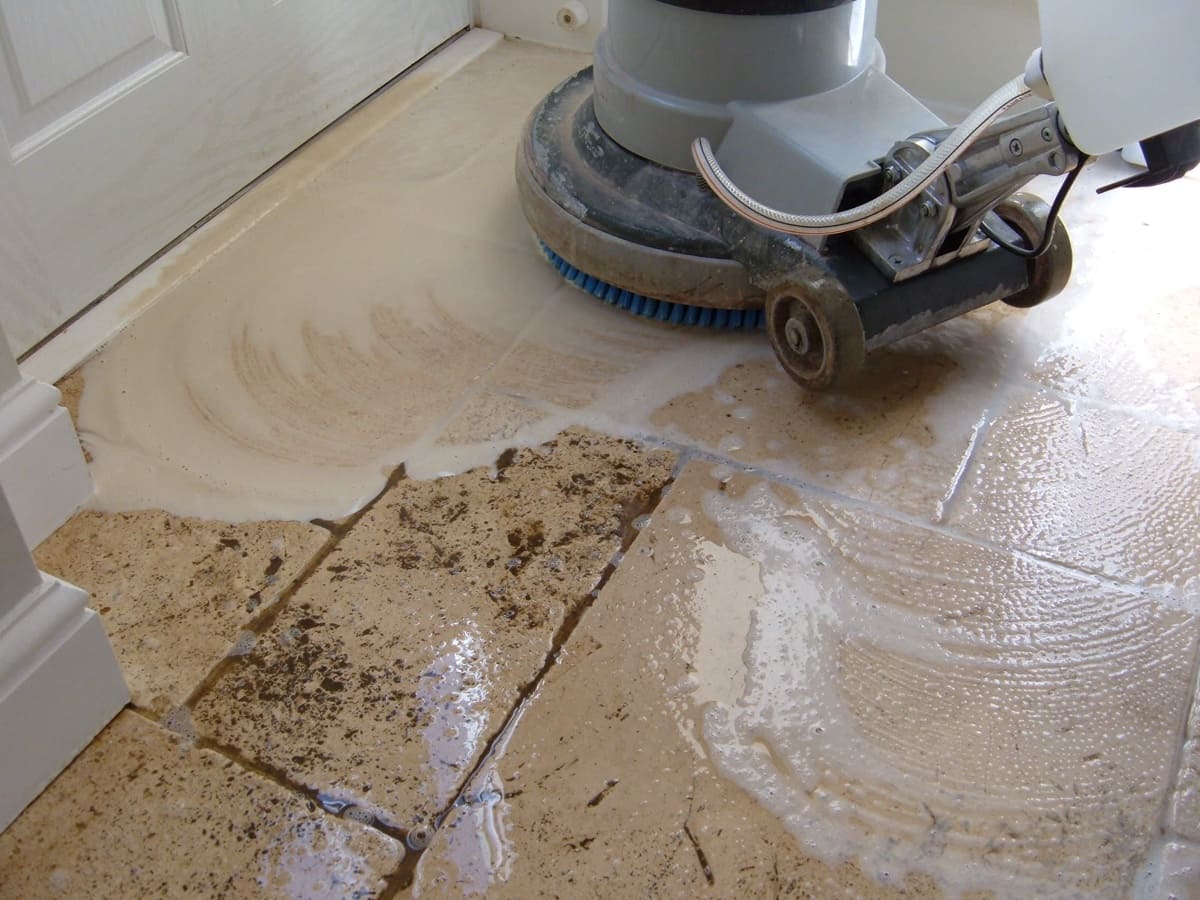

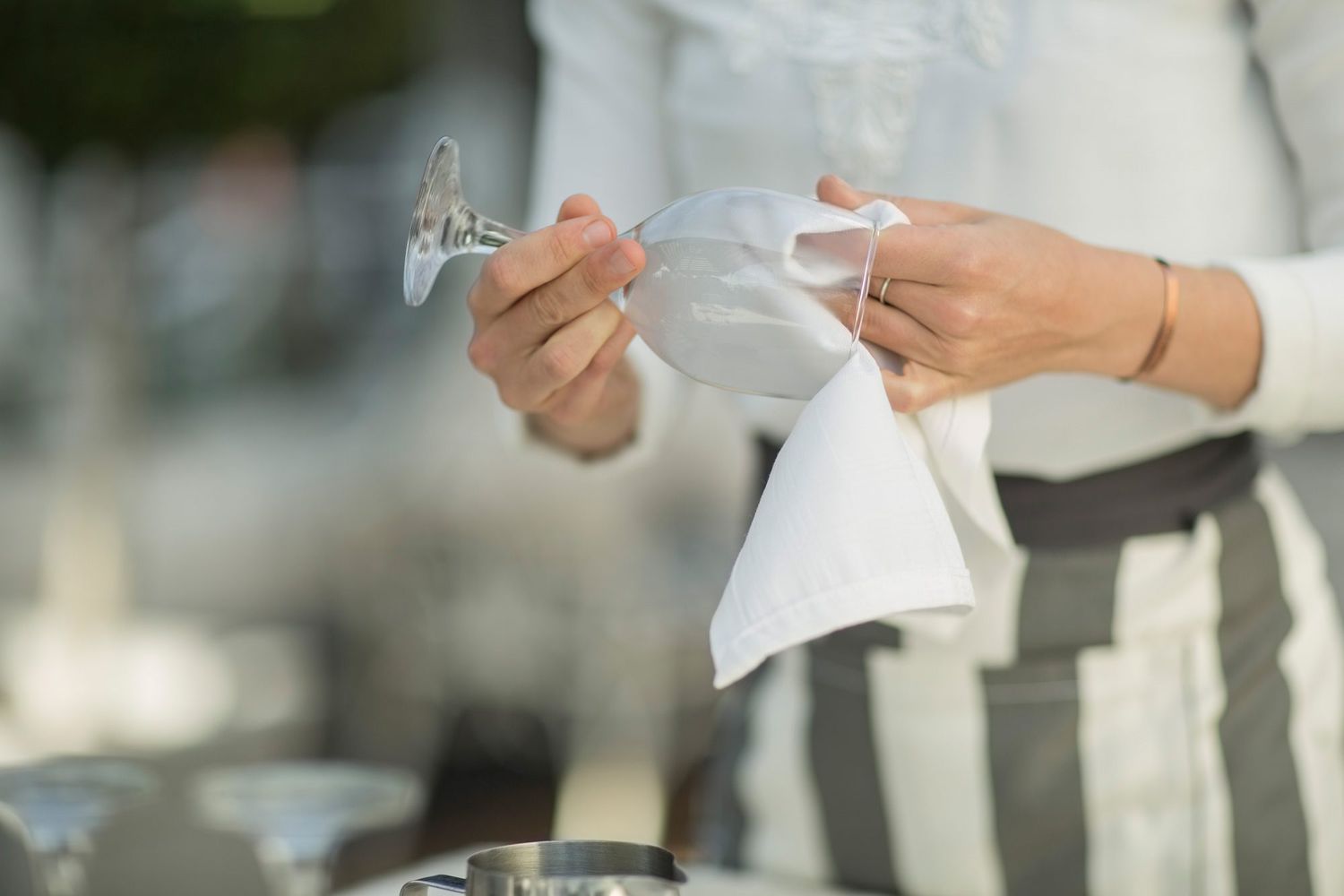

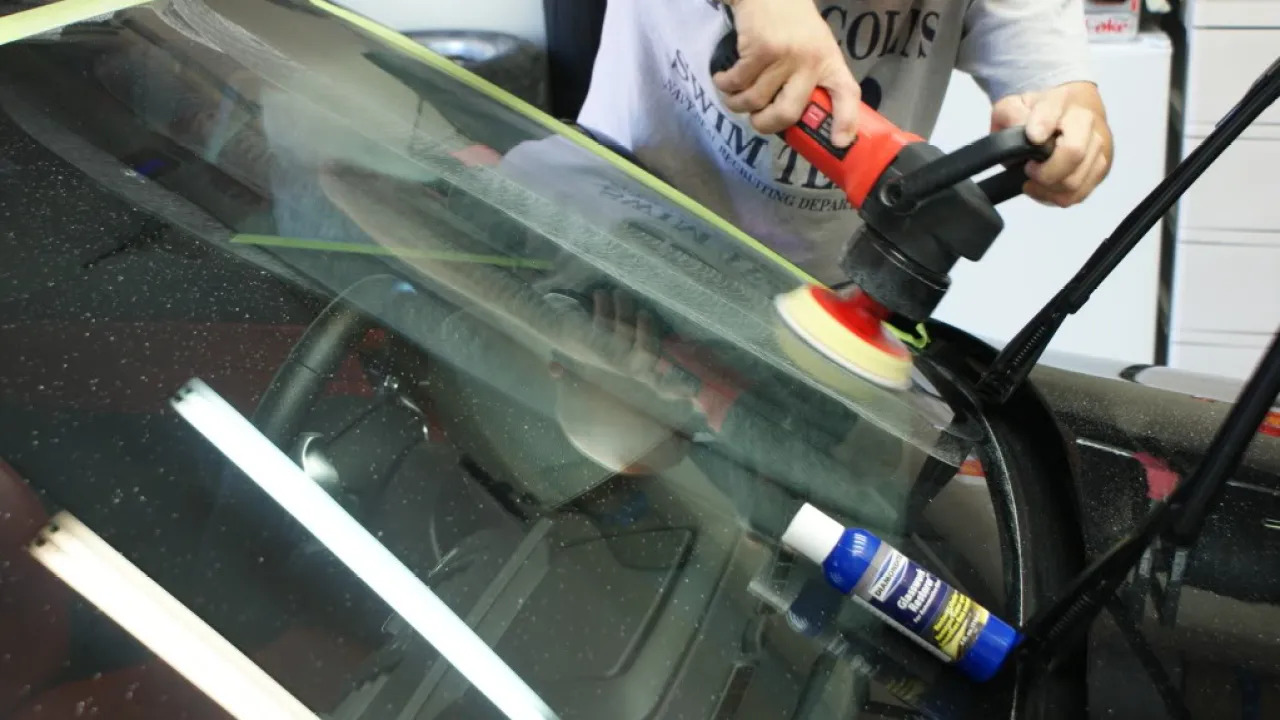
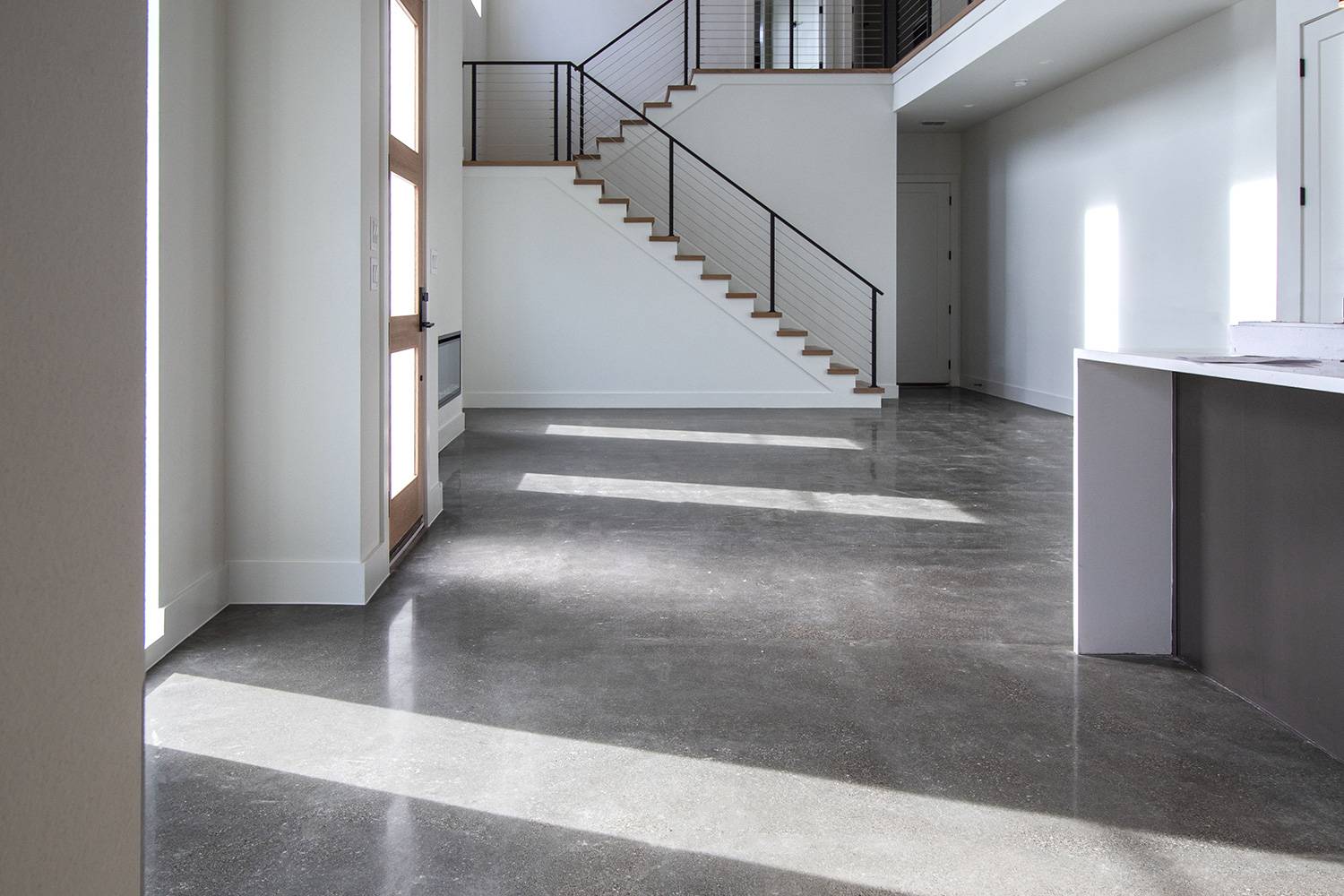

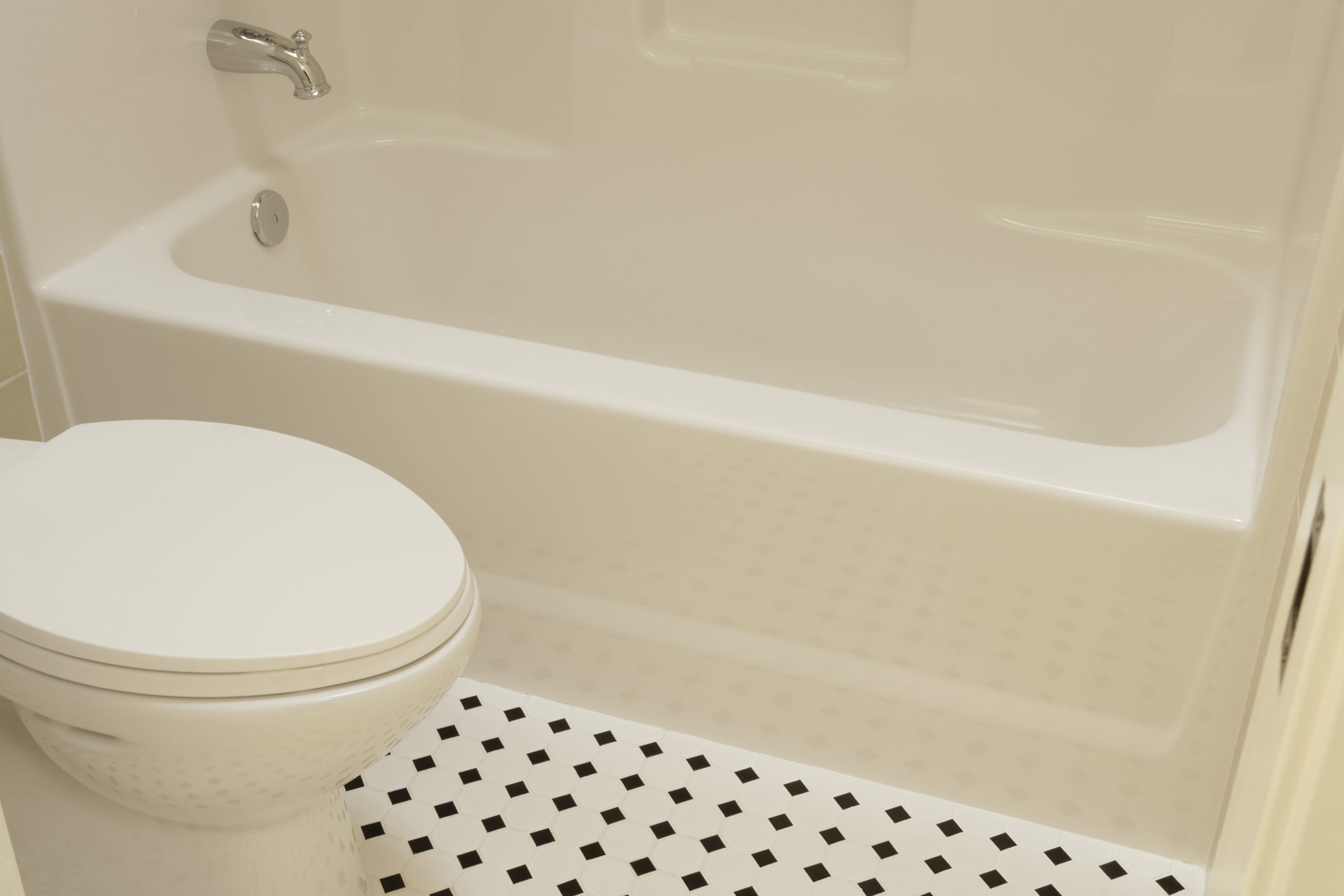

0 thoughts on “How To Polish Travertine Countertops”